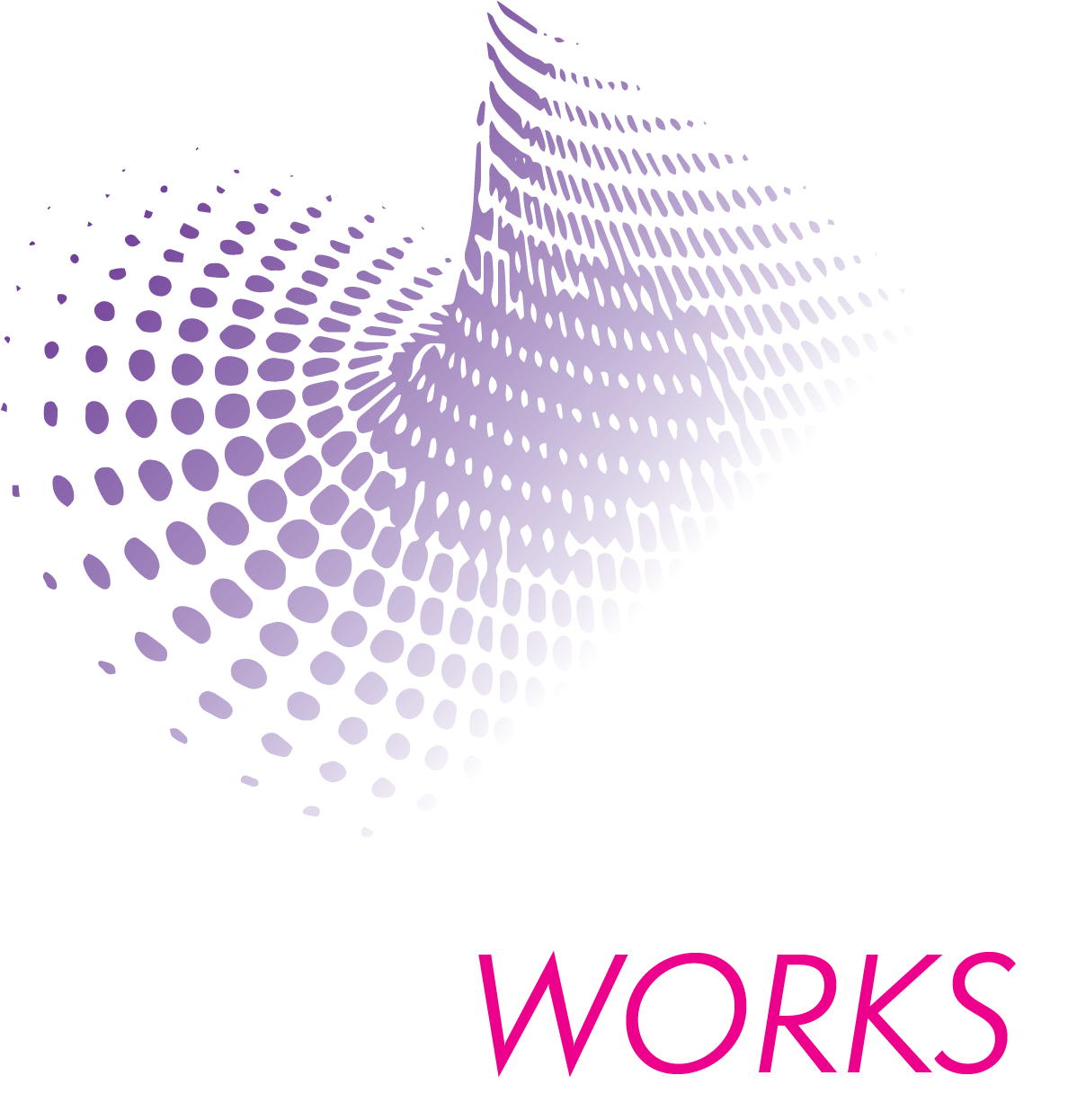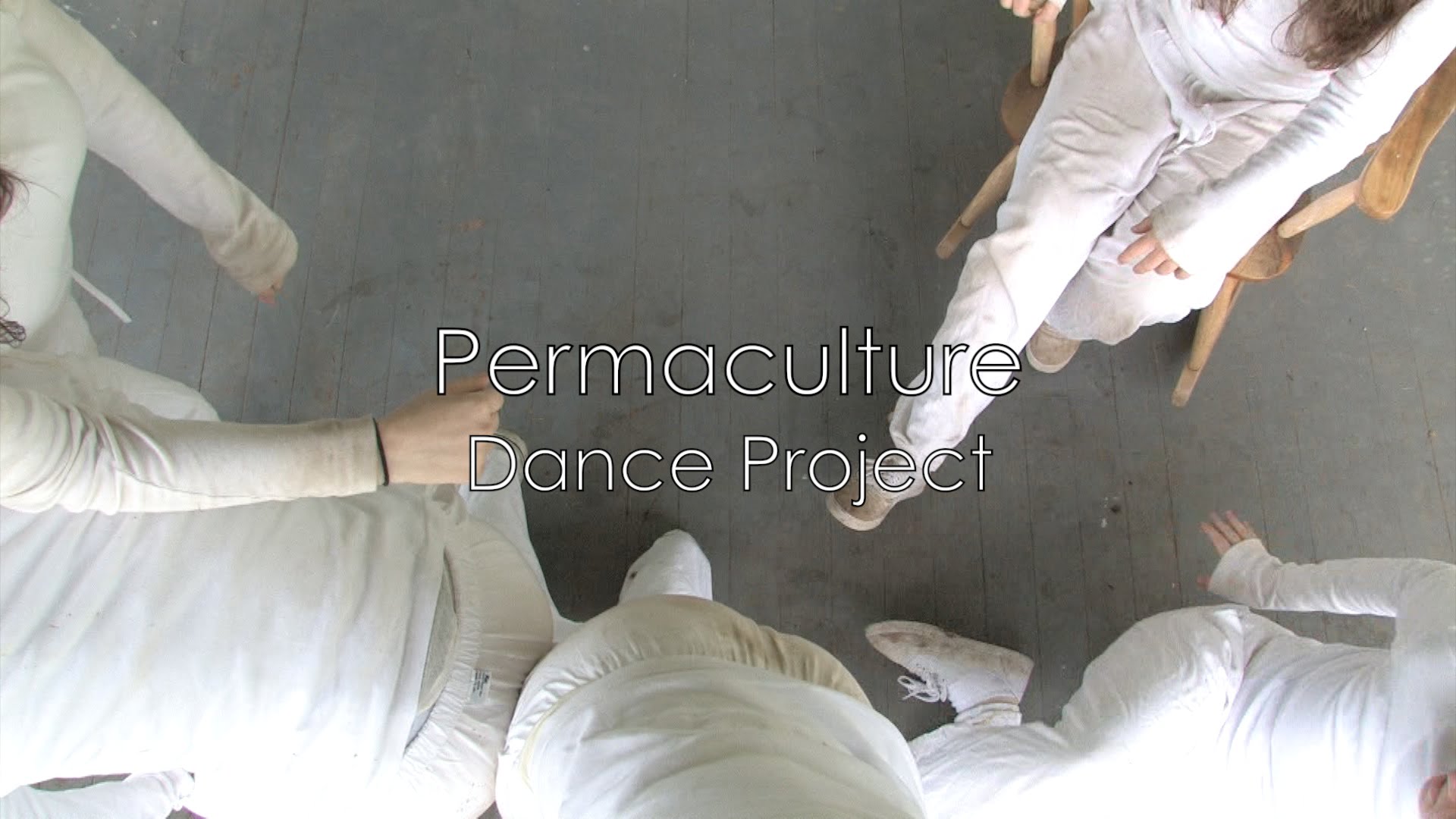I worked with a client today for whom making meaning of life is primary. We began with my hearing the story of where things are at in my client’s life–on many more levels than just body. This led us to experiment with different ways of connecting to the support of the ground, and of finding how these different configurations were or weren’t effectively accomplished. We did some difficult balances with resistance from a Pilates piece called the MOTR.
I almost always send my clients home with some sort of record of what we did. Usually these are quite literal…like a movement prescription for practice. This one was both simple and abstract, and speaks to how much movement and meaning were woven in this session. This is what I wrote, with my client’s help, at the end of the session:
I connect my pelvis to support; I connect support through my heart.
One side supports, the other utilizes that support. (This was in a body-half movement where this is exactly the situation)
I am strong, and I support myself.

